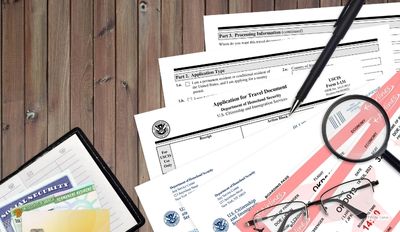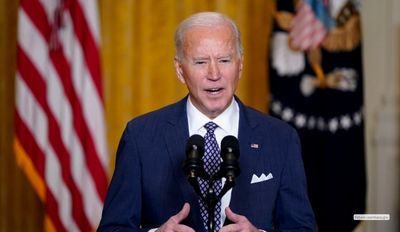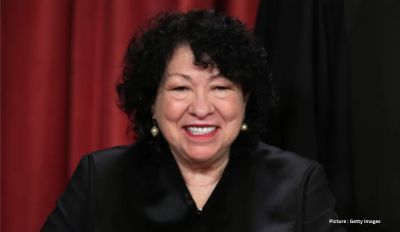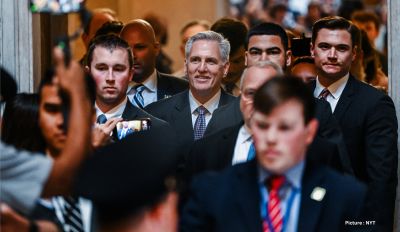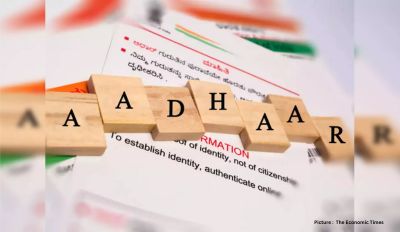U.S. consulates deny a large majority (61 percent) of employer‐sponsored immigrant visas for prospective legal permanent residents because it claims to have found a problem with their job offers. The denials reverse labor certifications and petitions approved by the Departments of Labor (DOL) and Homeland Security (DHS) and contrast with rare denials by DHS (4 percent) for workers applying for green cards while already inside the United States. Although this astounding denial rate has existed for decades, the State Department has never publicly explained it, and no one has previously reported on it.
It appears that the denials are so high partly because the department grants so little weight to earlier approvals by DOL and DHS. The much greater difficulty in obtaining a green card abroad has important consequences for U.S. immigration. It encourages many immigrants to apply for easier‐to‐obtain temporary visas, which unnecessarily uses limited cap spots under those programs, while others may give up on legal immigration and seek to enter illegally.
Legal immigrants to the United States have two ways to receive a green card (denoting legal permanent residence). The first way is to obtain an immigrant visa from the State Department authorizing travel to the United States at a U.S. consulate or embassy abroad. The other approach is to adjust from temporary to permanent status in the United States. Employer‐sponsored immigrants usually obtain a temporary work visa and only then proceed through the employer‐sponsored green card adjustment of status process in the United States.
In 2021, 161,451 employer‐sponsored immigrants adjusted status in the United States, while just 15,026 (9 percent) received immigrant visas abroad. The ease of obtaining temporary work visas over difficult immigrant visas certainly contributes to this huge disparity. Employer‐sponsored green cards typically require a permanent labor certification from the DOL, a process that currently takes more than 500 days to complete at great expense and risk. Then employers submit a petition to DHS requesting approval for the worker to apply, either domestically or abroad.
Since the green card or immigrant visa application is the final step and follows vetting by two different departments, denials should be rare, and they are for workers in the United States. DHS denied just 4 percent of employer‐sponsored immigrants seeking adjustment of status to permanent residence in 2021. But it’s a completely different story at consulates abroad. The State Department does not report the total denial rate for employer‐sponsored immigrants under every ground of ineligibility. It only reports denials under the labor certification ground of ineligibility. The labor certification ground only applies to employer‐sponsored immigrants in the EB‑2 and EB‑3 categories (which excludes the EB‑1 category that has a lesser number of outstanding researchers, executives, and people with extraordinary ability). Immigrants are only denied under this ground if the State Department claims to have found a problem with their job offers.
As per reports, denials shot up in 1995 and stayed extraordinarily high through the present. Another significant spike occurred in the 2000s when denials eventually reached an all‐time high of 79 percent in 2009. It has come down somewhat since then, but both in 2019 and 2020, 61 percent of applicants were denied. These denials occurred because the State Department claimed to have found a problem with their job offer. If all the different grounds for denial were included—such as misrepresentation, public charge, and criminal bars—the denial rate would be even higher.
According to reports, new official numbers show that the U.S. government failed to issue a quarter of the available employment‐based green cards for legal immigrants in fiscal year 2021. Despite about 1.4 million immigrants waiting for an employment‐based green card in 2021, the government only used 195,507 of the 262,288 available green card numbers, wasting 66,781 green cards.
The official, final number of wasted green cards is somewhat more than the 62,000 number government officials told the press at the end of FY 2021. Table 1 shows the cap for each of the five employment‐based categories and the number of green cards wasted in each category. With 84 percent unused, the EB‑5 investor category had the most green card waste in FY 2021 as a percentage of available green cards. In absolute terms, the greatest waste came from the EB‑3 category for (mostly) bachelor’s degree holders, which wasted 19,774 green cards last fiscal year.
If any EB‑4 and EB‑5 numbers are going to go unused, those numbers are supposed to be used by EB‑1, and if EB‑1 doesn’t use all of them, they can be used by EB‑2, and then any unused for EB‑2 can be used by EB‑3. This means that EB‑2 could have used as many as 107,000 green cards, and EB‑3 as many as 122,000 (assuming all the other categories failed to use the same amount).
This cap system that flows unused numbers from one category to the next is supposed to guarantee that all the numbers are used every year, but last fiscal year, the system broke down. For reasons that I explained in the Washington Post last year, the U.S. government simply failed to make the necessary changes fast enough to ensure that every green card was issued, so those green cards were wasted.
Green card waste affects Indian immigrants far more than any other group of immigrants because they make up 82 percent of the immigrants waiting as a result of the caps. This is because the law limits immigrants from any single birthplace to no more than 7 percent of the green cards available in a year, and for many years, Indians have made up about half of all the new applicants. New Indian applicants enter the backlog, while immigrants from other countries get to pass them in line and receive a green card as soon as their applications are adjudicated.
But there’s a very important exception to this “per‐country cap”: if the rest of the world will not use all the green cards, Indians can receive more than 7 percent of the total. In 2021, the employment‐based cap was increased by more than 120,000 because the law dictates that any unused family‐based green card numbers should be reassigned to the employment‐based categories in the following year.
The influx meant that Indians could finally bypass the country caps and get green cards far in excess of the 7 percent limit, and they did. For the EB‑2 and EB‑3 categories in which most Indian applicants are waiting, issuances went from 5,793 in FY 2020 to 43,200 in FY 2021. The additional employment‐based green cards in FY 2021 effectively provided Indians with six and a half years’ worth of issuances in a single fiscal year.
But that’s exactly what makes the waste of nearly 67,000 green cards so frustrating for anyone in the backlog. The failure to process these green cards basically means that the administration has (illegally) added 11.5 additional years of waiting for Indian immigrants. I say “illegally” because the government is required to implement the laws that Congress enacts, and it has violated the law. Unfortunately, courts failed to hold them accountable, so Congress must step in and force the agencies to follow the law.
The employment‐based cap is even higher in FY 2022 than it was in FY 2021: 281,430. Based on numbers from the first quarter of FY 2022 as well as statements from agency officials and attorneys, it seems clear that the agencies will duplicate their poor performance in FY 2021. As of January 2022, the agency was on pace to waste more than 100,000 employment‐based green cards in FY 2022. The Biden administration must show its commitment to legal immigration by making sure that every available green card is used this year.




